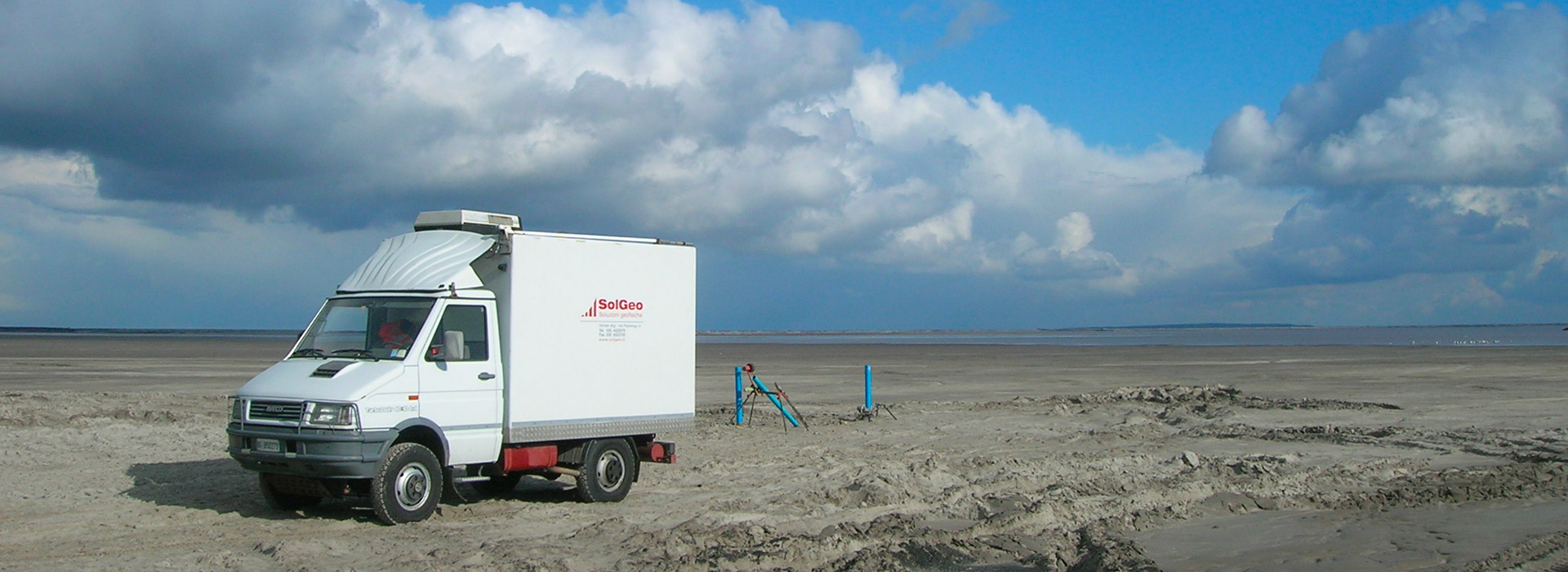SET CROSS HOLE SEISMIC
The SET CROSS HOLE SEISMIC is our set of instruments for borehole surveys specifically designed for a thorough geophysical investigation of the subsurface and for the measurement of seismic waves of compression and shear specifically designed for the seismic survey of concrete dams, soil materials and embankments
SET
CROSS HOLE
Cross-Hole test consists in the direct measurements of horizontally travelling compression (P) and shear (Sv) seismic waves at test sites (i.e soil materials, concrete dams, embankments, etc) in order to get Elastic modules and local site characteristics.
Two specific borehole seismic sources are used to generate a seismic wave train..
One or more receivers are used to detect the arrival of the seismic wave train in offset borings; the distance between boreholes at the test depths is measured using a borehole deviation survey (Inclis DH).
Wave velocity is calculated from the measured distance and travel time for the respective wave train.
One or more receivers are used to detect the arrival of the seismic wave train in offset borings; the distance between boreholes at the test depths is measured using a borehole deviation survey (Inclis DH).
Wave velocity is calculated from the measured distance and travel time for the respective wave train.
Applications
- Seismic cross-hole (2 or 3 bore holes)
- Seismic down-hole
- Seismic tomography
- Estimation of ground elastic moduli
- Cavities / faults detection
- Seepages detection
Civil
Foundation
works
works
Characterization
of soils and rock masses
of soils and rock masses

-
P WAVESSOLGEO SPARKER TM is an automatic source used to generate P waves; it works at many different levels of power (from 100J to 500J) ensuring frequency contents from 100 Hz up to 6kHz; it must be used in boreholes filled with water.
-
S WAVESSOLGEO GEOSvTM is used to generate S waves. The energy source is composed of two parts: a central section that contains the pneumatic clamping tools and second part that contains the electrodynamics waves generator. The device allows it to automatically produce both upwards and downwards signals, in order to obtain an inversion of the shear waves polarization without P waves noise.
The Solgeo vertical geophone receiver, AVG (Amplified Vertical Geophone), contains a vertical sensor with an electronics preamplifier. The clamping to the borehole casing is obtained with a pneumatic device allowing surveys in boreholes up to 200 m of depth.


